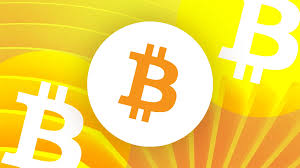Ordinals developers have introduced a method, called recursive inscriptions, to overcome Bitcoin’s 4 MB per block size limitation that restricts the size of NFTs.
Previously, inscriptions representing tokens and NFTs on Bitcoin were independent of one another, unaware of other inscriptions. The new feature allows inscriptions to reference the content of other inscriptions using a special syntax. This was recently brought into the Ordinals system . “This simple change unlocks many powerful use cases,” reiterated pseudonymous developer Leonidas, who’s building the Ord.io marketplace for inscriptions.
This innovation has the potential to revolutionize various industries. For example, instead of individually inscribing 10,000 JPEG files for a collection, which can be costly, users can now inscribe the 200 traits from the collection and subsequently create 10,000 additional inscriptions. Each inscription can utilize a small amount of code to request traits and programmatically generate images, resulting in the same outcome. This advancement has the potential to save millions of dollars in transaction fees.
Furthermore, the Ordinals update also allows many code packages to be fully inscribed onto the Bitcoin chain. Since the content being called is code (in text form), it is of minimal size. This breakthrough facilitates inscriptions to bypass the Bitcoin block size limit of 4MB. This could potentially enable the entire complex 3D video game to be fully on-chained onto Bitcoin.
Beyond this, there could even be an internal internet within Bitcoin. This would effectively transform Ordinal marketplaces and explorers into Bitcoin web browsers, allowing users to surf the blockchain and explore its ecosystem.
Platforms such as the official Ordinals explorer and Ord.io will soon support recursive inscriptions, including any of the various potential use cases


